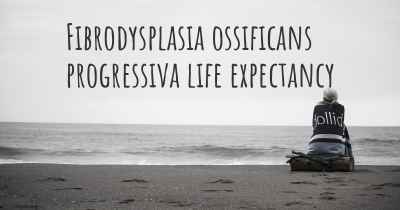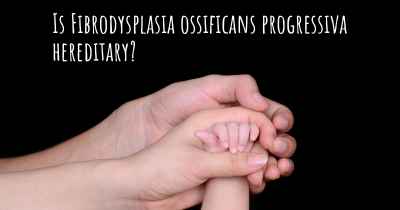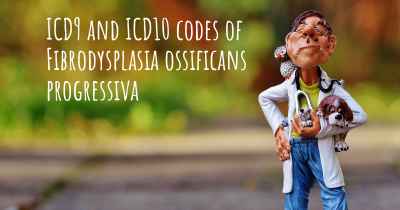What are the best treatments for Fibrodysplasia ossificans progressiva?
See the best treatments for Fibrodysplasia ossificans progressiva here

Treatments for Fibrodysplasia Ossificans Progressiva (FOP)
Fibrodysplasia Ossificans Progressiva (FOP) is an extremely rare genetic disorder characterized by the progressive formation of bone in muscles, tendons, and other connective tissues. Unfortunately, there is currently no cure for FOP, and treatment options are limited. However, there are several strategies that can help manage the symptoms and improve the quality of life for individuals with FOP.
1. Early Diagnosis and Genetic Counseling
Early diagnosis of FOP is crucial to ensure appropriate management and support. Genetic testing can confirm the presence of the ACVR1 gene mutation responsible for FOP. Additionally, genetic counseling can provide valuable information and guidance for affected individuals and their families.
2. Preventing Trauma and Injury
One of the most important aspects of managing FOP is to prevent trauma and injury to the affected areas. Even minor injuries or surgeries can trigger episodes of rapid bone formation. Therefore, individuals with FOP should take precautions to avoid falls, bumps, and other potential sources of injury. The use of protective padding and assistive devices can be beneficial in reducing the risk of trauma.
3. Medications
Medications can be prescribed to manage pain and inflammation associated with FOP. Nonsteroidal anti-inflammatory drugs (NSAIDs) may help alleviate symptoms, although their use should be carefully monitored due to the potential risk of triggering flare-ups. Corticosteroids may also be prescribed to reduce inflammation during acute episodes, but their long-term use is generally not recommended.
4. Physical Therapy and Rehabilitation
Physical therapy plays a crucial role in managing FOP by maintaining joint mobility and preventing the formation of contractures. Gentle stretching exercises and range-of-motion activities can help preserve joint function and flexibility. It is important to work with a physical therapist experienced in treating FOP to ensure that exercises are safe and appropriate for the individual's condition.
5. Surgical Interventions
Surgery is generally not recommended for individuals with FOP due to the risk of triggering heterotopic ossification (abnormal bone formation). However, in some cases, surgical interventions may be necessary to address complications such as severe joint contractures or to remove excess bone that restricts movement. These procedures should only be performed by experienced surgeons familiar with FOP to minimize the risk of complications.
6. Supportive Care and Assistive Devices
Supportive care measures can greatly improve the quality of life for individuals with FOP. This includes the use of assistive devices such as wheelchairs, braces, and other mobility aids to enhance independence and mobility. Occupational therapy can also help individuals adapt to daily activities and maintain functionality.
7. Psychological Support
Living with a rare and progressive condition like FOP can be emotionally challenging. Psychological support, including counseling and support groups, can provide individuals and their families with the necessary tools to cope with the physical and emotional impact of the disease. Connecting with others who share similar experiences can be invaluable in navigating the challenges of FOP.
While there is no cure for Fibrodysplasia Ossificans Progressiva, early diagnosis, preventive measures, medication management, physical therapy, and supportive care can significantly improve the quality of life for individuals with this condition. It is important for individuals with FOP to work closely with a multidisciplinary healthcare team experienced in managing the complexities of this rare disorder.








